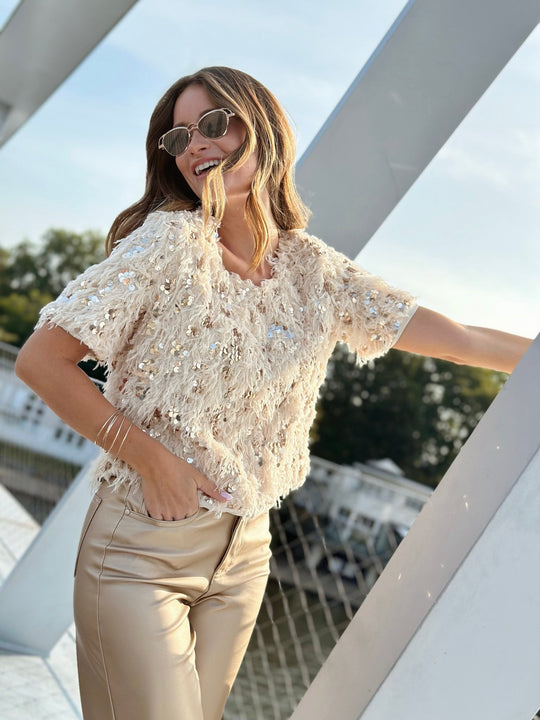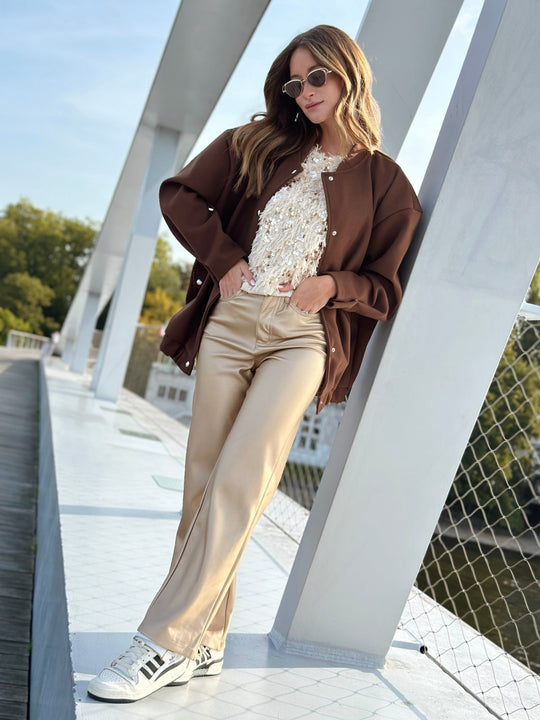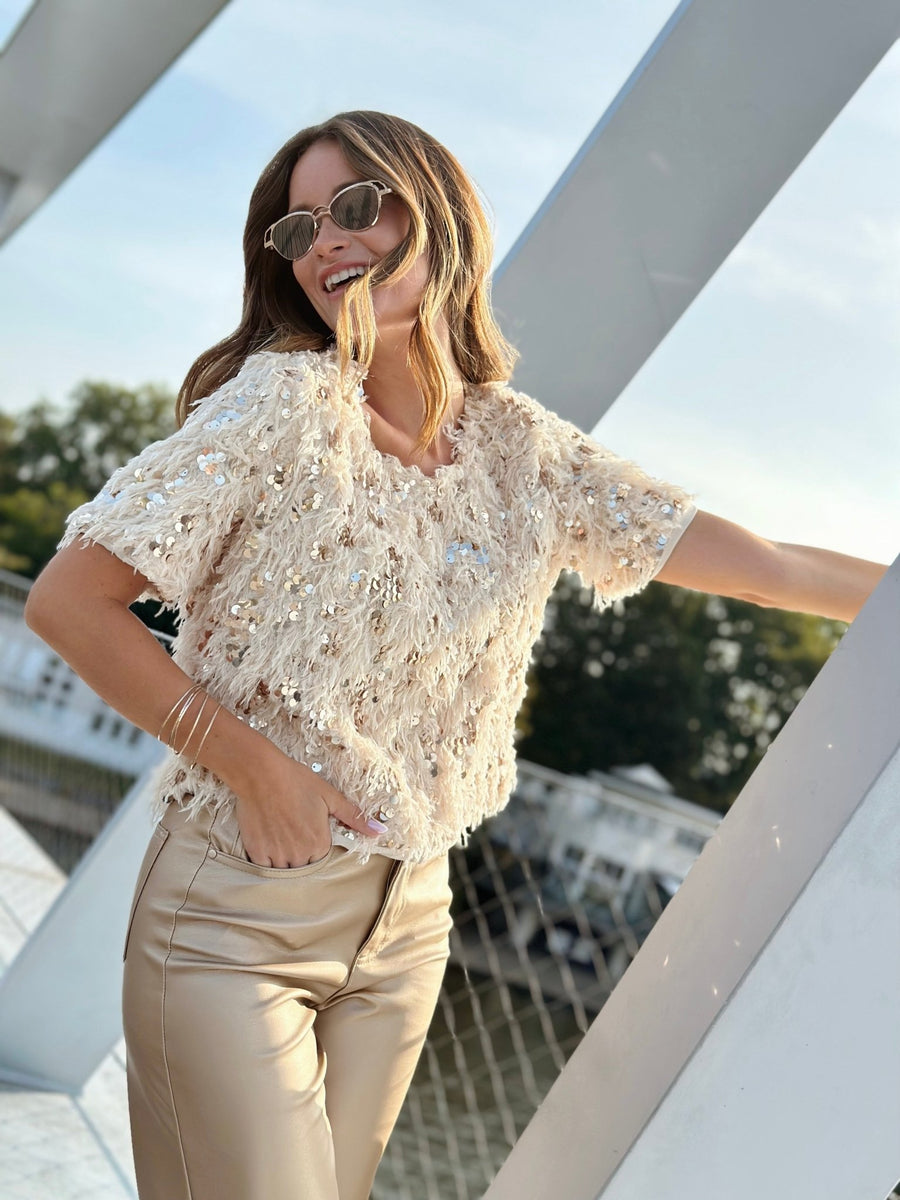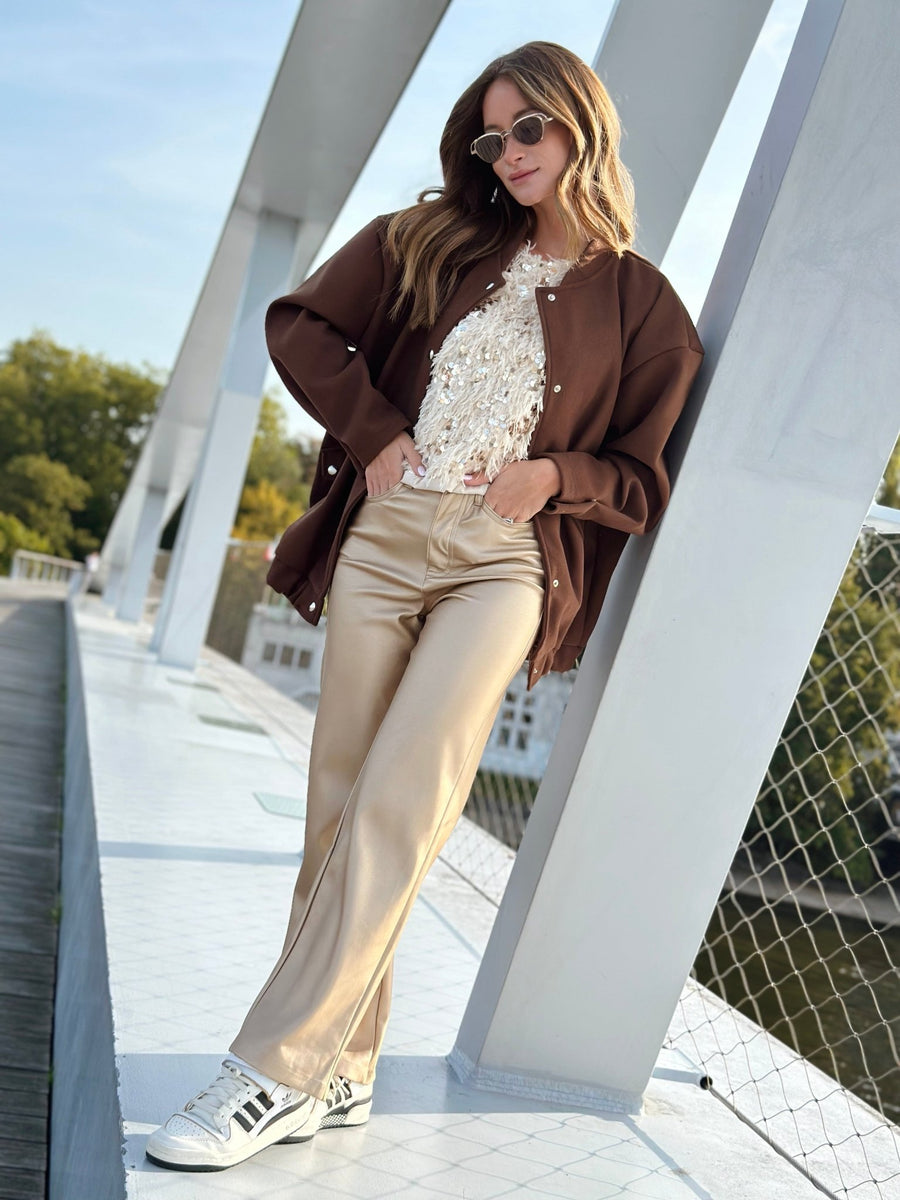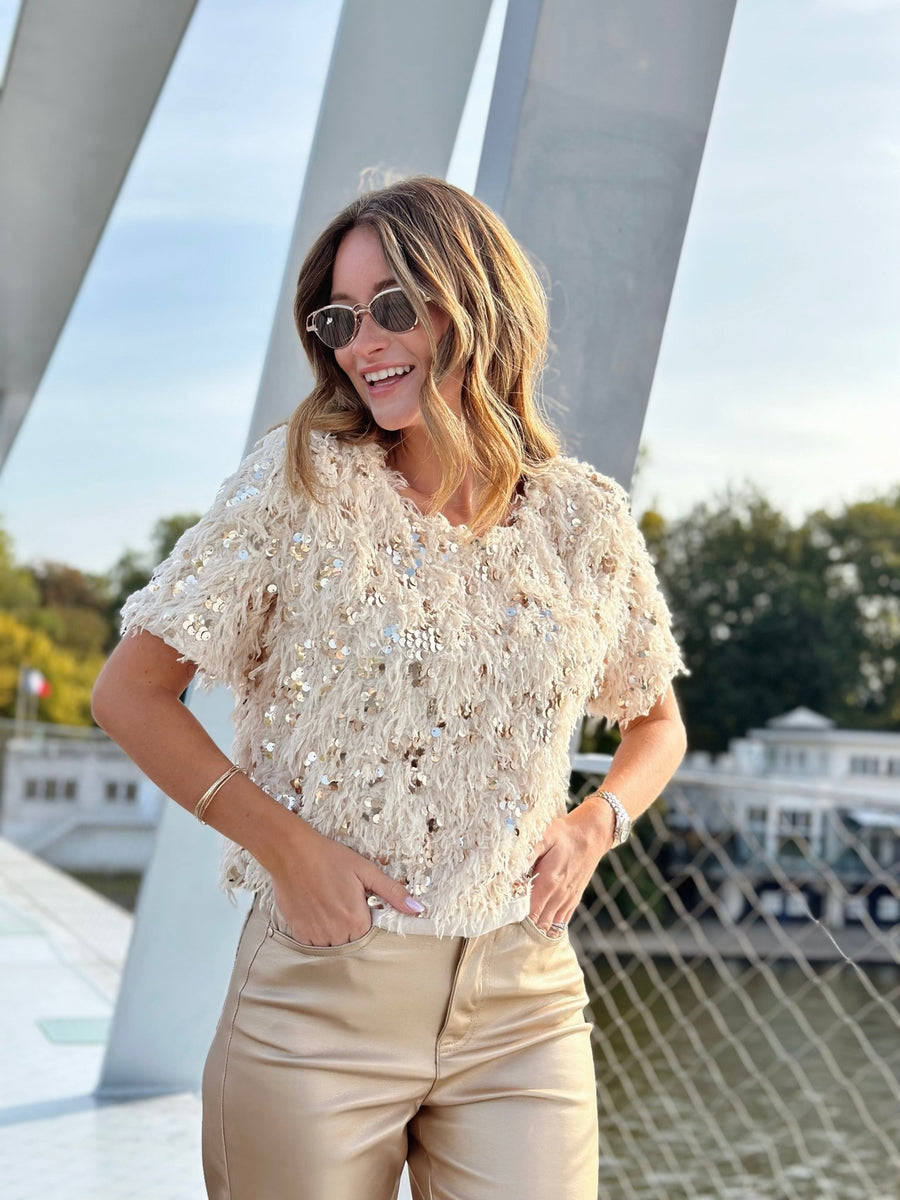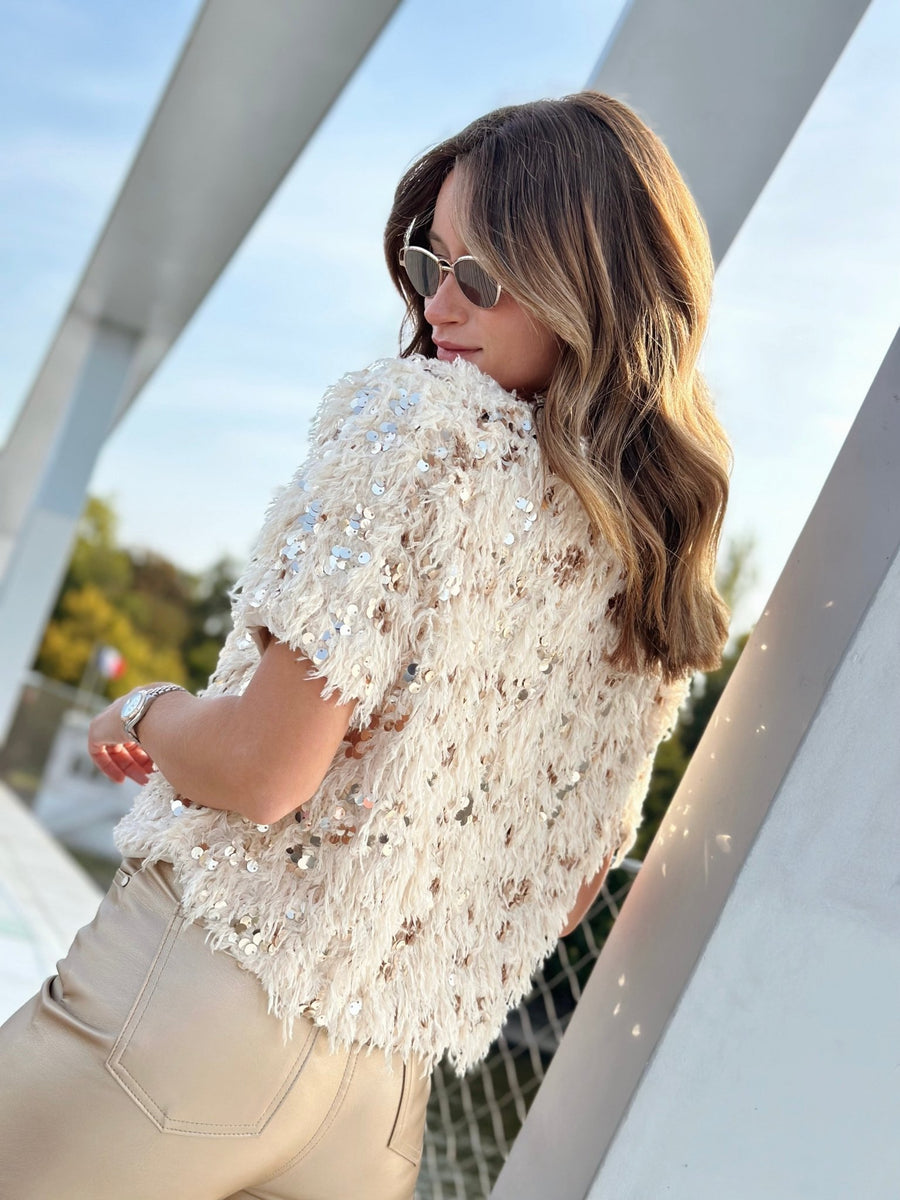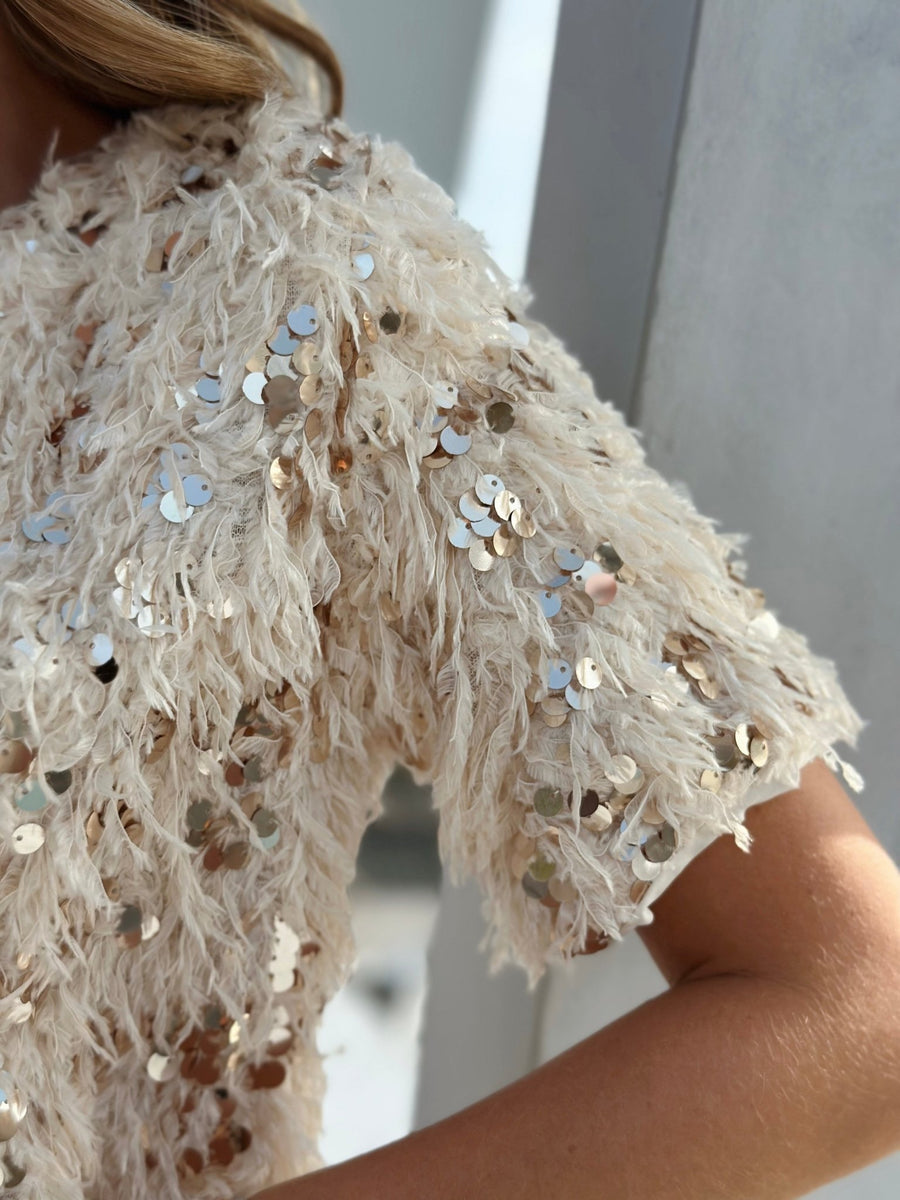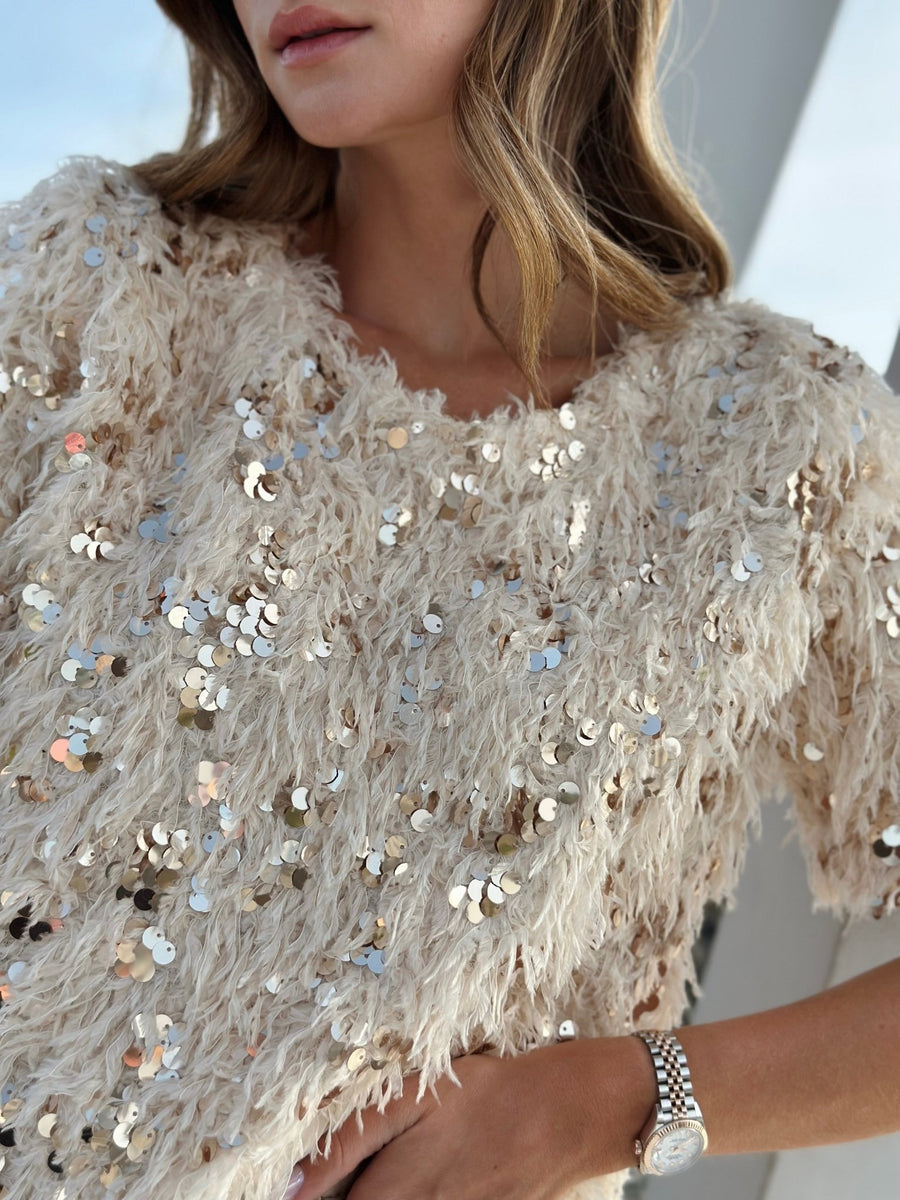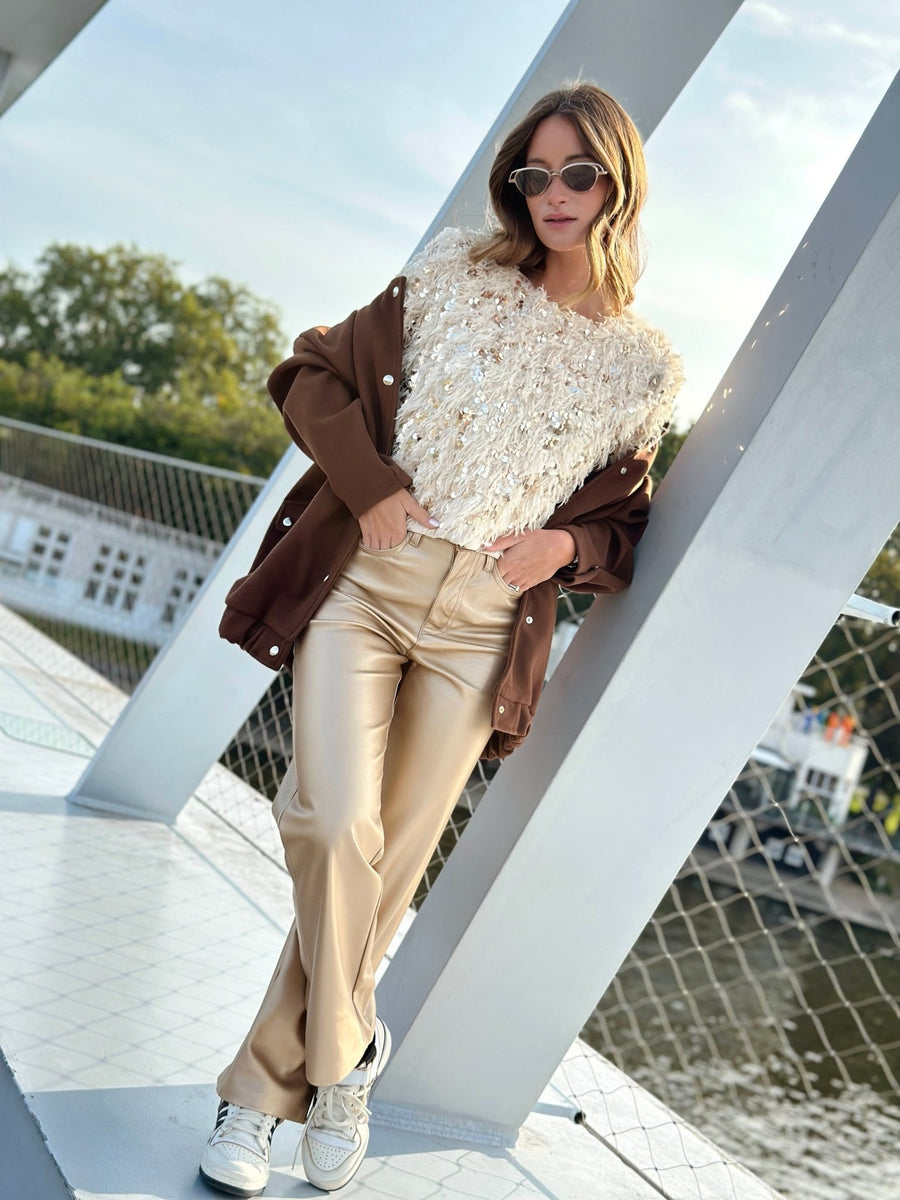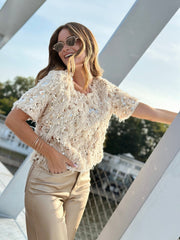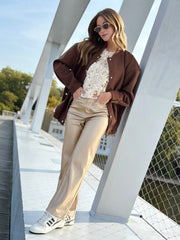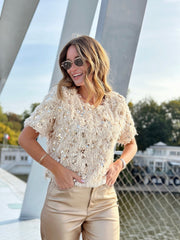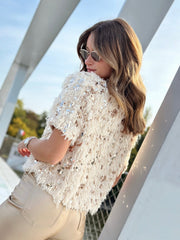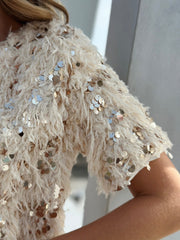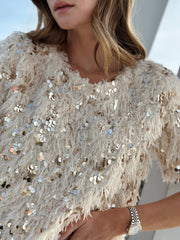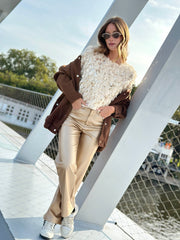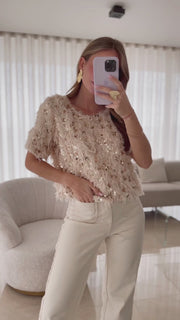A coat is a winter essential, both practical and stylish. When chosen well, it flatters your figure while keeping you warm. But with so many cuts, lengths, and styles available, how do you know which one is right for you? Here's a comprehensive guide to choosing the perfect coat for your body shape.
1. For A-shaped bodies (hips wider than shoulders)
A-shaped bodies are characterized by narrower shoulders and wider hips. The goal is to balance the silhouette by drawing attention to the upper body.
-
What you need :
- Flared or trapeze coats that follow the shape of your body.
- Models with details at the shoulders (epaulettes, wide collars, hoods) to add volume.
- Belts at the waist to highlight your curves without weighing down your hips.
-
Examples of suitable styles :
- A cape coat or structured pea coat with a stand-up collar.
- A flowing trench coat fitted at the waist.
-
To avoid :
Ball coats or straight, loose-fitting cuts that accentuate the hips.
2. For V-shaped bodies (broad shoulders and narrow hips)
V-shaped, or inverted pyramid, body shapes have shoulders that are wider than the hips. The goal is to balance the silhouette by emphasizing the lower body.
-
What you need :
- Straight or flared coats to balance proportions.
- Models with details (pockets, ruffles) or textured materials on the bottom.
- Discreet, clean collars to minimize shoulder volume.
-
Examples of suitable styles :
- A trapeze coat or parka with a slightly flared cut.
- A double-breasted coat that draws attention to the waist.
-
To avoid :
Coats with shoulder pads or very imposing collars.
3. For H-shaped body types (rectangular silhouette)
H-shaped bodies have aligned shoulders and hips, with a slightly defined waist. The goal is to create the illusion of curves.
-
What you need :
- Belted coats to accentuate the waist.
- Models with feminine cuts, such as wrap or trapeze coats.
- Coats with structured details, such as contrasting buttons or voluminous pockets.
-
Examples of suitable styles :
- A classic trench coat with a belt tied at the waist.
- A wool bathrobe coat.
-
To avoid :
Straight, shapeless cuts that risk making your figure look shorter.
4. For X-shaped body types (marked waist, aligned shoulders and hips)
X-shaped bodies, often referred to as "hourglass," are considered very balanced. The goal is to emphasize the waist and respect natural proportions.
-
What you need :
- Coats that fit at the waist, such as belted coats or trench coats.
- Fitted models that follow the curves of the body.
- All the styles that enhance your figure without weighing it down.
-
Examples of suitable styles :
- A double-breasted coat with a belt.
- A light, fitted down jacket.
-
To avoid :
Oversized or straight coats that hide your curves.
5. For O-shaped body types (round silhouette)
O-shaped bodies are characterized by generous curves and a slightly defined waist. The goal is to elongate the silhouette and play with volume.
-
What you need :
- Long or mid-length coats to lengthen the silhouette.
- Straight or slightly flared cut models.
- Fluid, non-rigid materials to avoid adding volume.
-
Examples of suitable styles :
- A straight coat with a deep V-neck.
- A lightweight cape worn over a thin sweater.
-
To avoid :
Short or very thick coats, which can make the figure look shorter.
6. Universal coats that suit all body types
Some coats have the advantage of being suitable for almost any figure thanks to their balanced cut and versatility.
- The classic trench coat : Its adjustable belt and flowing cut suit all body types.
- The straight coat : Ideal for a minimalist and refined look, it can be worn with a belt to accentuate the waist.
- The bathrobe coat : Feminine and elegant, it flatters all figures thanks to its natural drape.
Additional tips for choosing the right coat
- Choose quality materials : Choose fabrics like wool, cashmere, or tweed for better insulation and increased durability.
- Choose the right length : Long coats elongate the silhouette, while short coats are perfect for smaller figures.
- Think about comfort : Make sure the coat allows you plenty of freedom of movement, especially if you're wearing layers underneath.
- Test with your usual clothes : Try the coat with a thick sweater or scarf to check that it remains comfortable.
Conclusion
Choosing the right coat means finding the perfect balance between style, comfort, and practicality. By considering your body shape and needs, you're sure to find the perfect style that will see you through the winter. So, are you ready to find your perfect coat?


